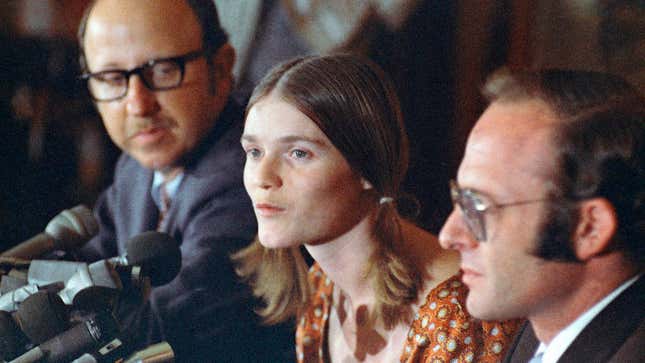Linda Kasabian, Former Manson Family Member Who Helped Take Down Its Leader, Dies at 73
Prosecutor Vincent Bugliosi called Kasabian his “star witness” and described her as “brutally frank” in his 1974 true-crime opus Helter Skelter.
EntertainmentEntertainment

Linda Kasabian, the former Manson Family member who testified against Charles Manson and other family members during their 1970 trials, is dead. Though she died January 21 at a hospital in Tacoma, Washington, the news only began to circulate widely this week, with various outlets like the Los Angeles Times and the Washington Post reporting. Kasabian’s death certificate listed no cause of death and identified her as “Linda Chiochios,” one of the names she used after the trials. She was 73 years old.
Prosecutor Vincent Bugliosi called Kasabian the prosecution’s “star witness” and described her as “brutally frank” in his 1974 true-crime opus Helter Skelter. She had been charged with seven counts of murder but received immunity for testifying against her former cult leader. Her time on the stand was of marathon proportions—Bugliosi wrote it was 17 days, though other reports said 18.
-

-

-

-

-

-

-

-

-

-

-

-

-

-

-

-

-

-

-

-

-

-

-

-

-

-

-

-

-

-

-

-

-

-

-

-

-

-

-

-








































